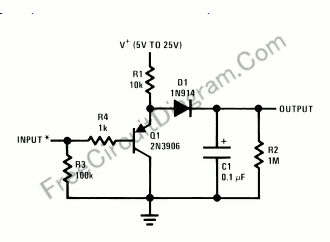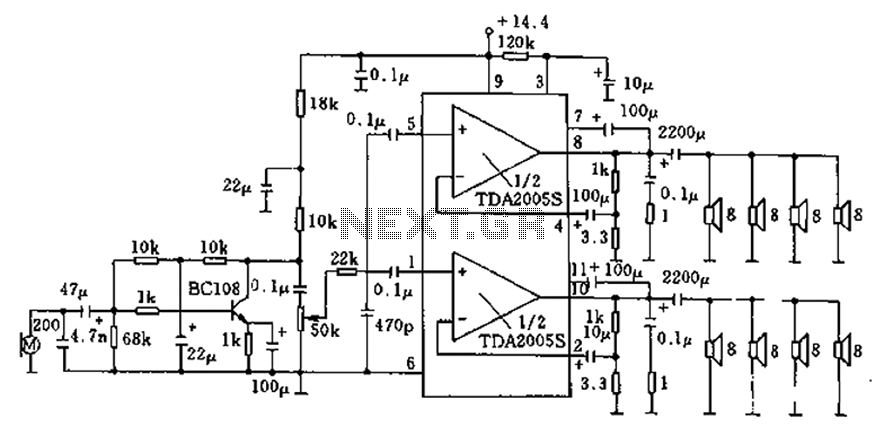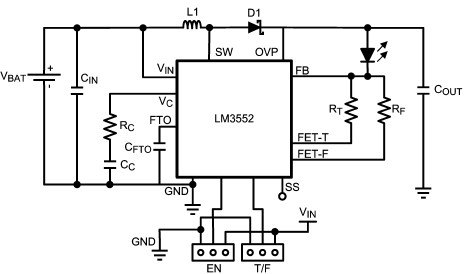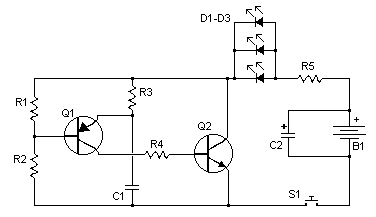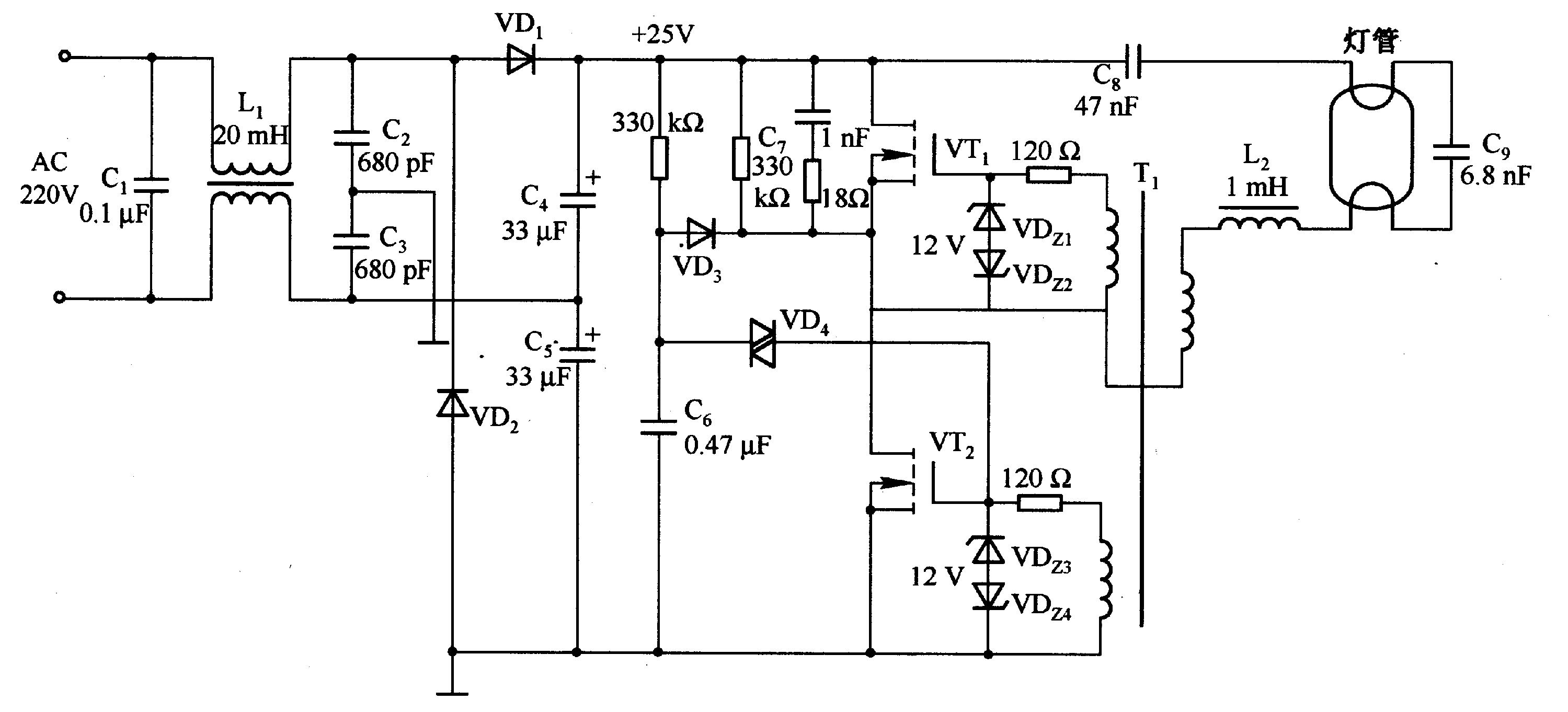
Cell Phone Jammer Circuit
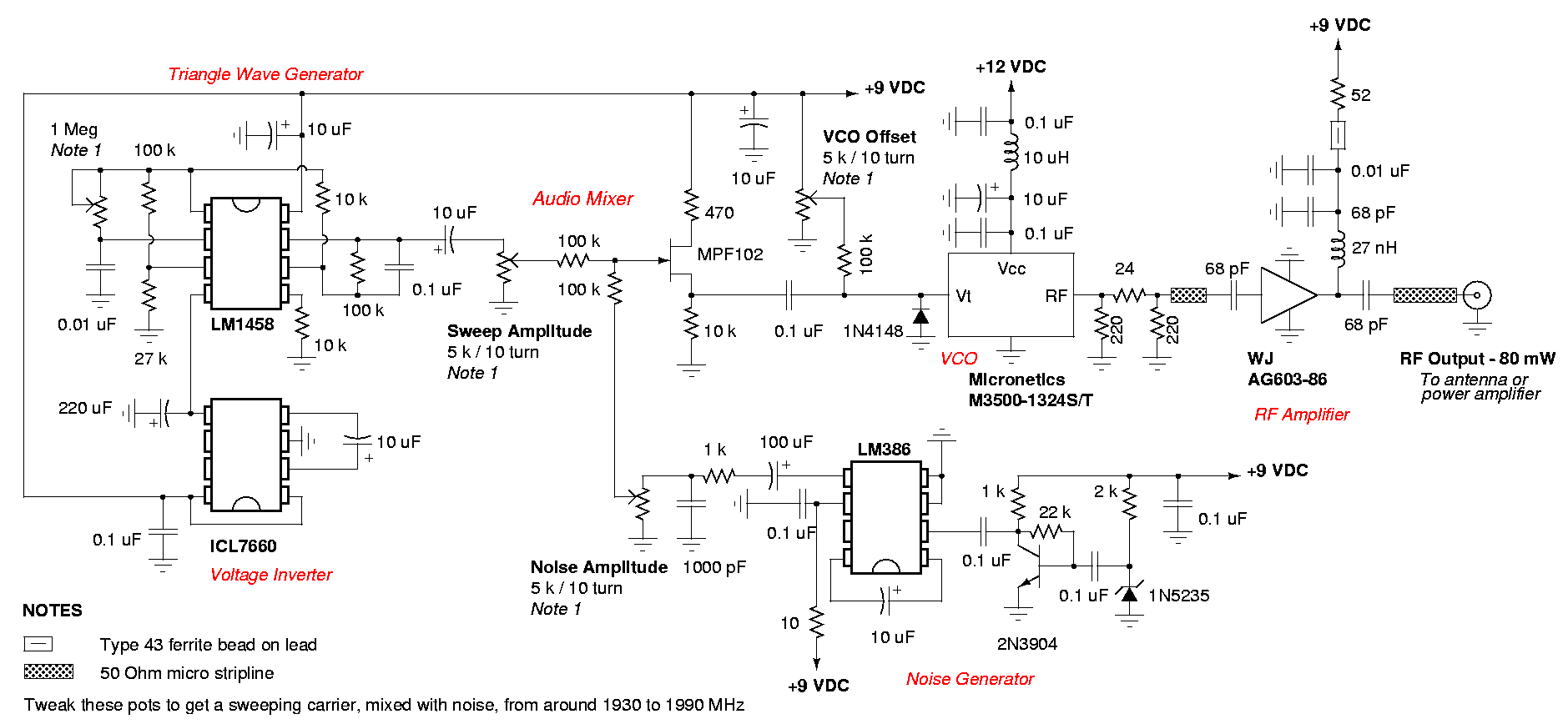
A DIY GSM jammer schematic diagram designed for use with GSM1900, operating within the frequency range of 1930 MHz to 1990 MHz.
The GSM jammer circuit is intended to disrupt communication between mobile phones and base stations within the specified frequency range. The schematic typically includes a signal generator, an amplifier, and an antenna. The signal generator produces a noise signal that operates at the same frequency as the GSM1900 band. This noise signal is then amplified to ensure it has sufficient power to interfere with the communication signals.
The circuit may utilize components such as transistors or operational amplifiers to create the necessary gain and bandwidth. A bandpass filter can be included to ensure that only the relevant frequencies are amplified while rejecting out-of-band signals. The output is then fed to an antenna, which radiates the jamming signal over a specified area.
It is important to note that the use of GSM jammers is illegal in many jurisdictions due to their potential to disrupt legitimate communications, including emergency services. Therefore, this schematic should only be used for educational purposes and in compliance with local laws and regulations.A beautiful diy gsm jammer or mobile cell phone jammer schematic diagram for use only in GSM1900 with frequency from 1930 MHz to 1990 MHz. The GSM1900 mobi.. 🔗 External reference
The GSM jammer circuit is intended to disrupt communication between mobile phones and base stations within the specified frequency range. The schematic typically includes a signal generator, an amplifier, and an antenna. The signal generator produces a noise signal that operates at the same frequency as the GSM1900 band. This noise signal is then amplified to ensure it has sufficient power to interfere with the communication signals.
The circuit may utilize components such as transistors or operational amplifiers to create the necessary gain and bandwidth. A bandpass filter can be included to ensure that only the relevant frequencies are amplified while rejecting out-of-band signals. The output is then fed to an antenna, which radiates the jamming signal over a specified area.
It is important to note that the use of GSM jammers is illegal in many jurisdictions due to their potential to disrupt legitimate communications, including emergency services. Therefore, this schematic should only be used for educational purposes and in compliance with local laws and regulations.A beautiful diy gsm jammer or mobile cell phone jammer schematic diagram for use only in GSM1900 with frequency from 1930 MHz to 1990 MHz. The GSM1900 mobi.. 🔗 External reference
